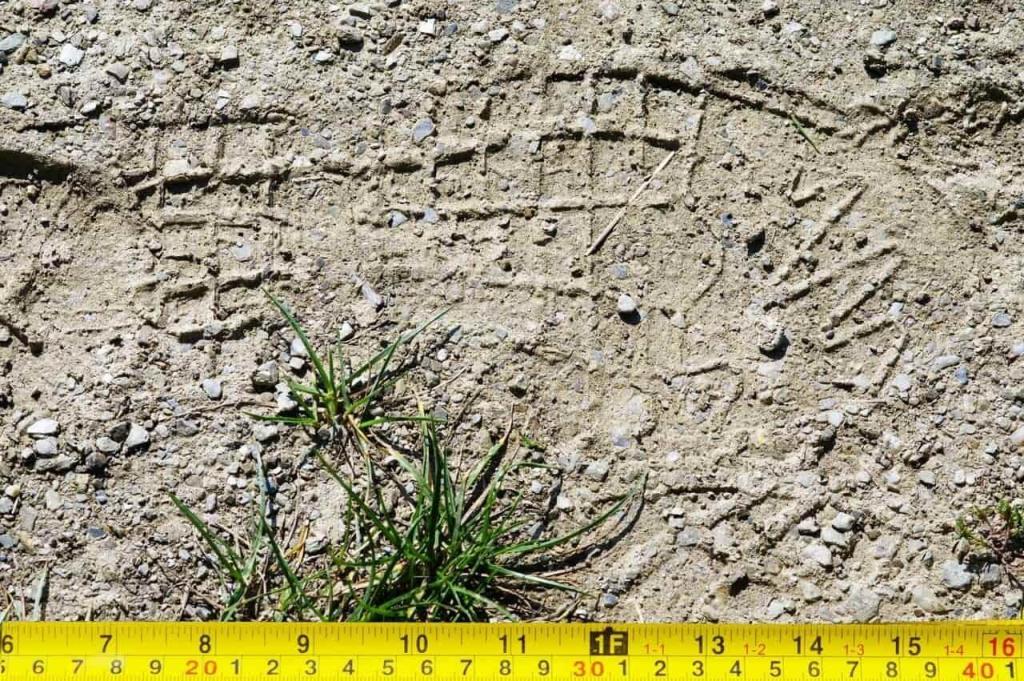USLegal.com defined forensic animation as that branch of forensic science that uses full-motion graphics to recreate events so as to assist parties in a case. It is a powerful tool that can be of great help in the investigation and prosecution of crimes. Animation can help investigators visualize how events unfolded, and allow them to guide witnesses through their recollection of the event. This begs the question of how reliable evidence will still remain in its recreation into audio-visual illustrations.

Courtroom Technology
Inga Hofer (2007) in her submission on ‘The Rise of Courtroom Technology…” pointed out that forensic animation is not done with the intent to create events, rather it is done to depict witness testimony in the form of audio-visual simulations. The value of evidence is usually determined by how it can be authenticated. Hence, the recreation of the evidence into animation is carried out by experts with the use of high-tech software and actual images and reports from the crime scene.
For example, a forensic simulation of a crash scene would be re-created from the evidence provided. The goal is to determine what happened to a vehicle by recreating the scene that led up to it. A visual representation of the collision and its aftermath can then be provided with a high degree of accuracy, using all the available evidence.
Shalaby, Hussin, and Scoffield (2003) at the University of Nottingham discussed their findings on forensic animation and pointed out that during forensic animation procedures, there is no substitute for diligent investigation and careful analysis. Instead of eye-witness attestation, with animations, re-creations are achieved by inputting scientific data obtained from the in-depth analysis and meticulous investigation into a computer program. The general image as portrayed by the animation relies on the validity of the inputted data. The accuracy of the information collected is crucial because this data serves as the foundation for recreation. Thus, a successful forensic animation begins with data collection.
Forensic Animation Case Study
A forensic animation case study by Shalaby, Hussin, and Scoffield (2003) showed that police accident reports, original police photographs, witness statements, police drawings, crash investigation reports were all used to arrive at an animation that best described the accident surrounding the case. In Connors v. United States, a case involving the crash of Delta Flight 191 on August 2, 1985, animations and computer recreations were used.
The United States Justice Department input 40 different parameters (including acceleration, pitch, roll, and heading) to create a three-dimensional image of the plane’s last minutes, fused with the crew’s recorded voices and weather conditions. This level of detail made Roy Krieger, one of the attorneys working for the Justice Department at the time, describe the role of the computer simulations in the case as “pivotal” (Inga Hofer, 2007).
In essence, forensic animation is evidence created from pre-existing data. It’s never created out of the blue and evidence is represented in the best possible light. The accuracy and reliability of the forensic animation will depend on the precision and verifiability of the data used to create it. The process begins with the acquisition and analysis of raw data to determine what is relevant, then developing conclusions about what happened, and finally producing a compelling narrative that tells a story in sequence.
Fox Animated Engineering will accurately illustrate events: Vehicular Cases, Medical Cases, Construction Cases and Intellectual Property Cases. Click here to reach out to our team.






